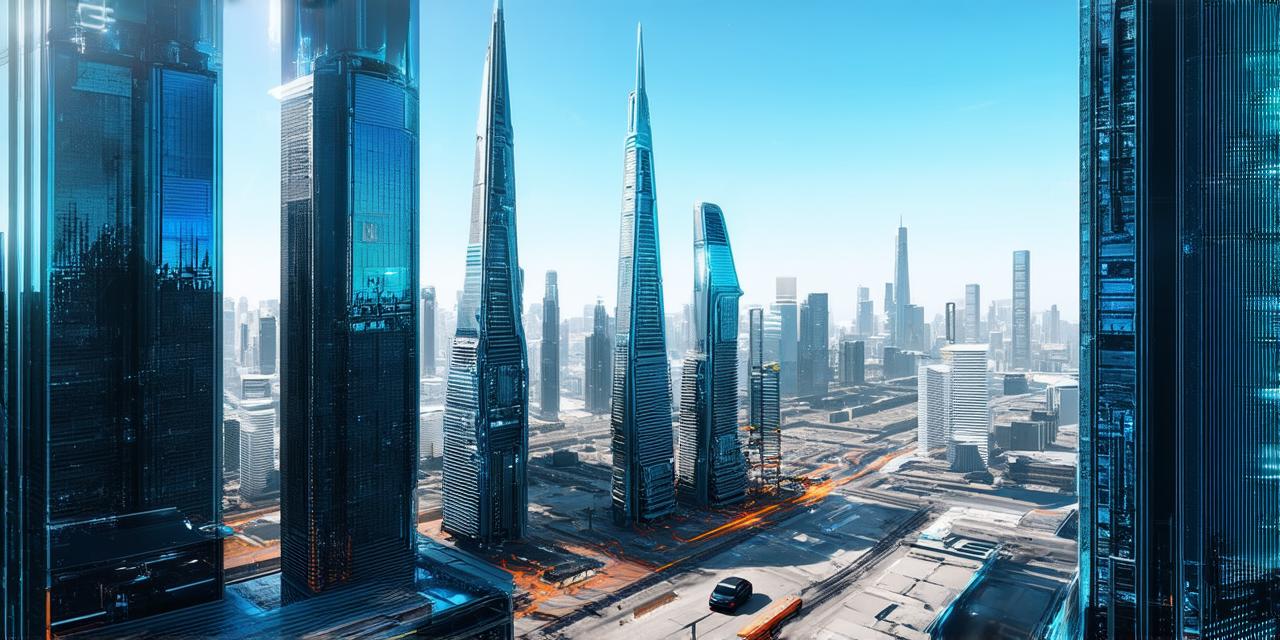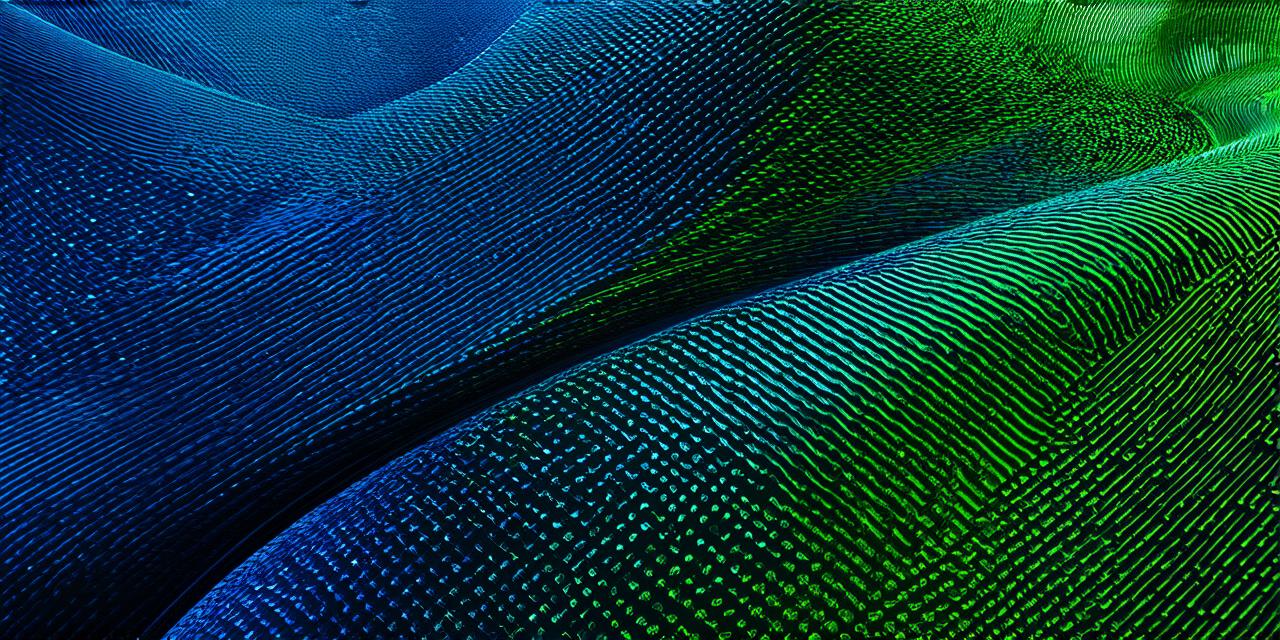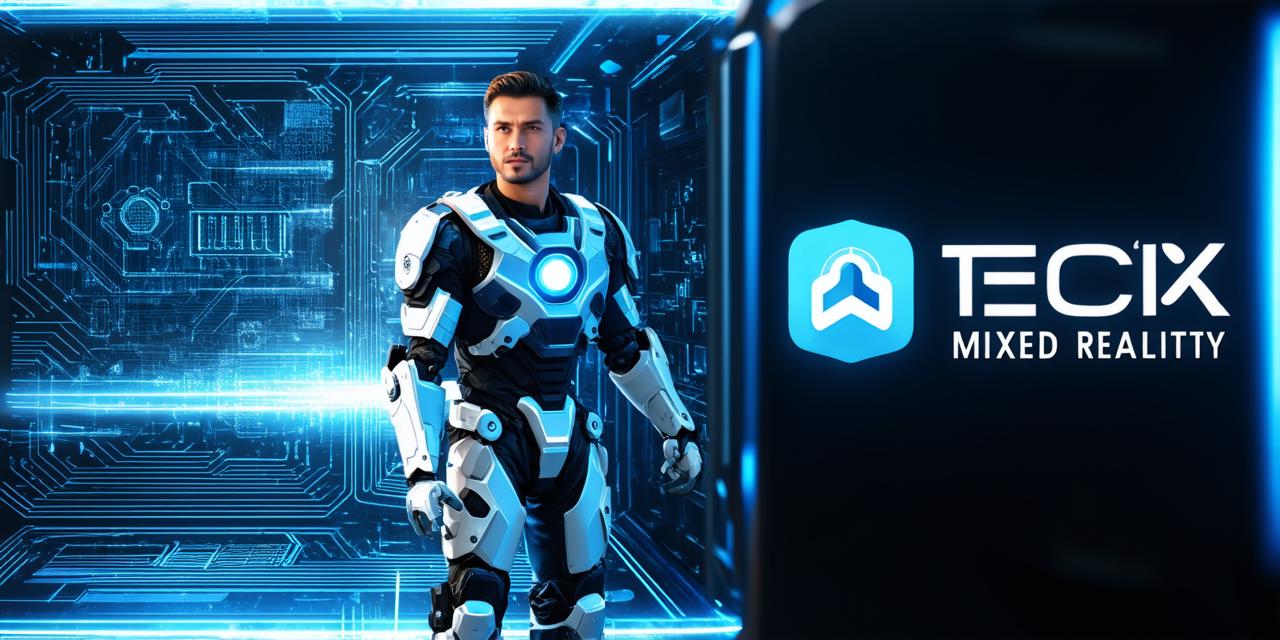Mixed reality (MR) refers to a digital environment where computer-generated elements are seamlessly integrated into the real world. MR technology has evolved rapidly in recent years, with applications ranging from gaming and entertainment to healthcare and education.
The ability to blend virtual and physical worlds is one of the key features that makes MR technology so powerful and versatile. In this article, we will explore the concept of seamless integration and its importance in mixed reality.
Seamless Integration: What Does It Mean?
In MR, seamless integration means that digital elements appear to be part of the real world, as if they were naturally present in the physical environment. This is achieved by using advanced computer vision algorithms and tracking systems that allow the digital objects to accurately reflect their position and orientation in the real world.
By providing a seamless integration between virtual and physical worlds, MR technology enables users to interact with digital objects in a way that feels intuitive and natural. This allows for more immersive experiences, as the user is not constantly reminded that they are interacting with a digital construct.
The Importance of Seamless Integration
Seamless integration is critical in MR applications where accuracy and precision are paramount. For example, in healthcare, MR technology is used to guide surgeries by providing real-time information about the patient’s anatomy. In this context, seamless integration ensures that the virtual representation of the patient’s body accurately reflects its physical form, allowing the surgeon to perform the procedure with greater precision.
Similarly, in education, MR technology can be used to create interactive learning experiences that allow students to visualize complex concepts in a more intuitive way. Seamless integration enables students to interact with virtual objects as if they were real, which helps to reinforce their understanding of the material.
In gaming and entertainment, seamless integration allows for more immersive experiences that feel like they are part of the real world. This can create a sense of presence and engagement that is not possible with traditional 2D games or virtual reality (VR) systems.
Overall, the ability to achieve seamless integration between virtual and physical worlds is a key feature of MR technology that sets it apart from other forms of augmented reality (AR) and VR. By providing a more intuitive and natural way for users to interact with digital objects, MR technology has the potential to revolutionize a wide range of industries and applications.



